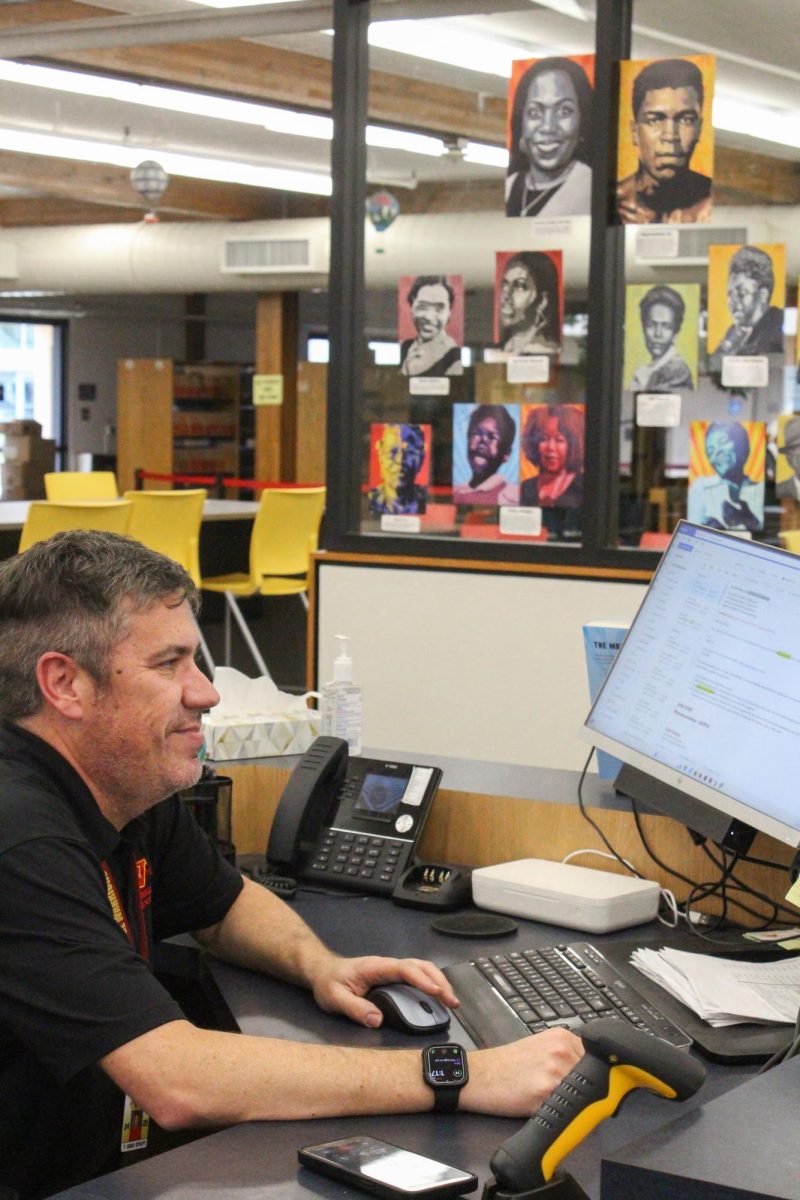
Political polarization in the United States is rising, and is especially apparent online. However, combating this could be as simple as increasing participation and educating the youth, even those who aren’t at the voting age, to engage in politics. By increasing impartial education on politics, students are given a broad view on issues providing a stable foundation, overall reducing polarity in this country.
Political polarization is the movement of political views and behaviors toward more extreme views and policies. The increase in political polarization is detrimental, since the increasing lean toward either side of the political spectrum exacerbates division and antagonism towards political parties, making it difficult for Congress to pass laws.
However, this polarization can be reduced when students educate themselves on political topics. Woodbridge High students currently must complete a government class in their senior year of high school, providing them with a general knowledge about American democracy and how the federal government works.
Political information is much more available to students than ever before, but it also could be misleading or biased. Junior Artin Rastandeh discusses his exposure to political information on social media platforms.
“If you go on platforms such as Instagram, TikTok and [X]…you might think this [person] is right [but] they might not have any evidence to back it up, or the evidence might be fake,” Rastandeh said.
Nonetheless, the increase in misleading political media reinforces the idea of teaching political topics to students who should learn where to find trustworthy information. Having exposure to workshops, classes and debates often have dedicated foundations for media literacy, allowing students to keep an eye out for misinformation and to stay politically informed.
Still, students must also take their education into their own hands. Due to the rapid spread of information at the click of a button, bias can advance quickly.
“Social media has the power to display opinions of everything even if they are invalid, or simply just false,” sophomore Alia Hsu said.
Understanding that people on social media are more inclined to show the positive parts of their political view, rather than the whole truth, can help students navigate through sources. Social media shouldn’t be the only source used to gain a view about politics. It’s important to do thorough research instead of believing that a twenty second reel will give the entire picture.
Consistent practice of reading and interpreting political articles, using credible sources that are education or government based, at a young age will help students determine what is misinformation in the future.
In addition, young adults should form a thoughtful and defendable opinion before having the right to vote rather than just believing what they’re told. It is crucial that students take action in their own education. If minors are not accurately informed about the changes in society, it could greatly affect the voting process.
Some argue that teenagers are too inexperienced to fully understand political issues, claiming they lack the maturity to make informed decisions. Critics often note that teenagers are still forming their identities, suggesting early political engagement might lead to impulsive choices, skewing the democratic process.
However, this overlooks how political involvement can foster critical thinking.
“You can have somebody who’s 12 years old who’s ten times more engaged than someone who’s 60,” history teacher Frank Harrington said, emphasizing that age doesn’t determine political awareness.
A study by the National Library of Medicine (NLM) further supports this, showing that citizens under 18 often choose parties that align ideologically with their views, proving their capacity for informed decisions.
Rather than shielding teenagers from politics, encouraging participation and providing education can create a more informed electorate.
Political engagement and consciousness are significant aspects of citizenship and essential to creating an informed electorate, even before citizens reach the required age for general elections. There are a multitude of ways in which high school students under the age of 18 can become politically involved and help to minimize polarization.
Students can encourage family and friends to vote and support their political knowledge and involvement or help raise awareness about issues they feel deserve more representation in political spaces. Additionally, there are many opportunities for young people to be involved in the actual election process, which include volunteering and supporting campaigns or even working at voting polls on election day.
Ultimately, many avenues of political engagement do not necessarily include voting and are accessible to a broader population of young people. In these ways, students can be more conscious of the political environment they are affected by and even have influence over it.






